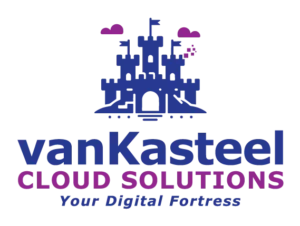IT Leaders are responsible for managing the innovation process, they must make difficult decisions about which innovations will receive attention and resources. Insight into your firm’s innovative potential and into barriers to innovation are necessary to make effective proactive strategic choices. But how? To say the obvious, there needs to be a formal process, a framework that can be depended upon and is repeatable. This article describes the steps necessary to establish a framework for assessing innovative capabilities and what we offer, how we can add value to your organization.
Regardless of who you are, what company or industry, it all starts with a “capabilities audit framework”. This framework provides a systematic approach to assessing and analyzing your organization’s strengths and weaknesses. By leveraging these findings, or “tool”, you will gain valuable and actionable insights into your current capabilities, identify areas for improvement, and develop effective strategies for future growth. Our framework combines rigorous analysis with a creative mindset, enabling you to unleash your organization’s full potential while staying true to yourself and your values.
The audit framework aims to shed light into three areas:
- How has the firm been innovative in the areas of product and service offerings, production and delivery systems, IT platforms, etc.
- How good is the fit between the firm’s current business and corporate strategies and its innovative capabilities
-
What are the firm’s needs in terms of innovative capabilities to support its long-term business and corporate competitive strategies.
The findings of the audit can be thought of as phase 1, then comes phase 2: the barriers to innovation.
1. Resistance to Change
- Employees and leadership may prefer the status quo, fearing disruption or failure.
- Organizational inertia slows down adoption of new ideas.
2. Lack of Vision and Leadership
- Without clear direction and support from leadership, innovation efforts can lose momentum.
- Poor strategic alignment results in scattered, ineffective initiatives.
3. Limited Resources
- Budget constraints and lack of investment in R&D can stifle innovation.
- Insufficient skilled talent or training hinders execution.
4. Risk Aversion and Fear of Failure
- Companies that punish failure discourage experimentation and creativity.
- Legal and compliance concerns may slow down innovation efforts.
5. Bureaucracy and Slow Decision-Making
- Excessive red tape and rigid processes create bottlenecks.
- Long approval cycles delay execution of new ideas.
6. Siloed Teams and Poor Collaboration
- Lack of cross-functional teamwork prevents knowledge sharing.
- Innovation struggles when teams work in isolation rather than collaboratively.
7. Short-Term Focus Over Long-Term Vision
- Pressure to meet quarterly targets often leads to prioritizing immediate profits over long-term innovation.
- Businesses may hesitate to invest in unproven but promising technologies.
8. Lack of Customer-Centric Thinking
- Ignoring market needs results in solutions that don’t solve real problems.
- Failure to adapt based on customer feedback leads to missed opportunities.
9. Outdated Technology and Infrastructure
- Legacy systems can be costly to upgrade, limiting the ability to implement new innovations.
- Technical debt slows down progress.
10. Competitive and Market Pressures
- Fast-moving competitors can outpace innovation efforts.
- Regulatory challenges can create roadblocks for new ideas.
Hence, overcoming these barriers requires not only a prolific audit effort, but a culture of agility, leadership commitment, and a willingness to embrace risk and change with expert audacity.
At vanKasteel Cloud Solutions, we can move your innovative capabilities forward by touching into each and everyone of these areas and deliver results quickly, you don’t have time to stay stagnant.

